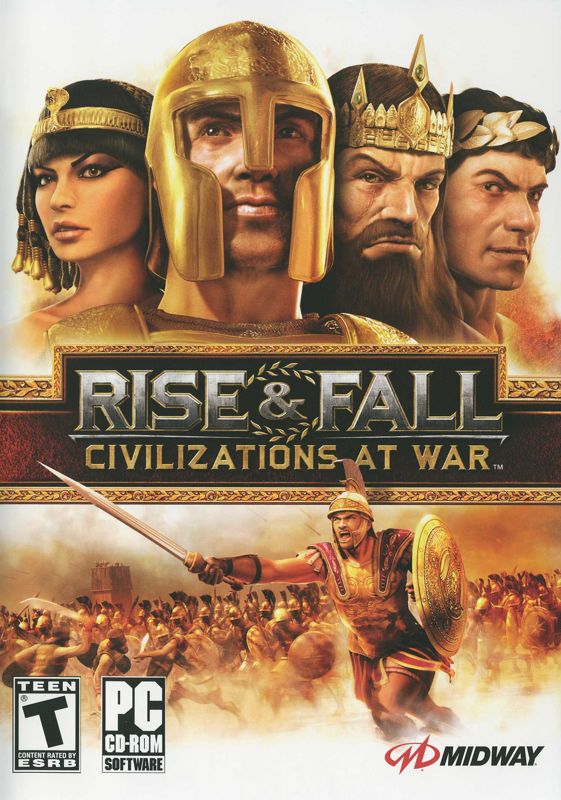
Empires of Dust: The Rise and Fall of Civilizations
Throughout history, civilizations have flourished and faded, leaving behind tantalizing glimpses into the human experience. The rise and fall of these empires offer profound insights into the dynamics of power, ambition, and the fragility of human endeavors.
The Age of Empires
The ancient world witnessed the emergence of some of the grandest empires ever known. From Mesopotamia to Egypt, Persia to Rome, civilizations flourished, each with its unique contributions to art, science, and governance.
These empires were often driven by conquest, as powerful rulers sought to expand their territories and consolidate their power. Their military prowess and technological advancements allowed them to conquer vast lands, bringing diverse peoples and cultures under their sway.
The Height of Glory
At the height of their power, empires reached unparalleled levels of advancement. They flourished with bustling cities, intricate infrastructure, and sophisticated societies. Science, mathematics, and the arts flourished, leaving behind enduring legacies that continue to inspire awe.
The Roman Empire, for example, spanned a vast territory from Britain to North Africa and Asia Minor. It boasted an advanced system of roads, aqueducts, and cities, and its legal and political systems formed the foundation of many modern societies.
The Seeds of Decline
However, even the mightiest empires were not immune to the forces of decline. A combination of factors, both internal and external, often led to their eventual downfall.
Internal factors such as corruption, political instability, and economic crises could weaken empires from within. External threats, such as invasions or natural disasters, could further hasten their decline.
The Fall of Empires
As empires weakened, their once-mighty armies became vulnerable to attack. Conquerors emerged, eager to seize control of their territories and claim their place in history. In the process, many civilizations were destroyed or absorbed into larger entities.
The fall of the Roman Empire in the 5th century CE is a classic example. Internal divisions, barbarian invasions, and economic decline all contributed to its eventual disintegration.
Lessons from History
The rise and fall of empires offer valuable lessons about the nature of power and the complexities of human civilization. They remind us that even the greatest achievements are ultimately ephemeral.
History teaches us that empires are built on both ambition and fragility. They require visionary leaders, stable governments, and a prosperous society. Yet, they are also vulnerable to decay, corruption, and external threats.
Conclusion
Empires of dust serve as a cautionary tale about the impermanence of power and the importance of unity and resilience. They challenge us to ponder the strengths and weaknesses of our own societies and to strive for a future that is both prosperous and enduring.